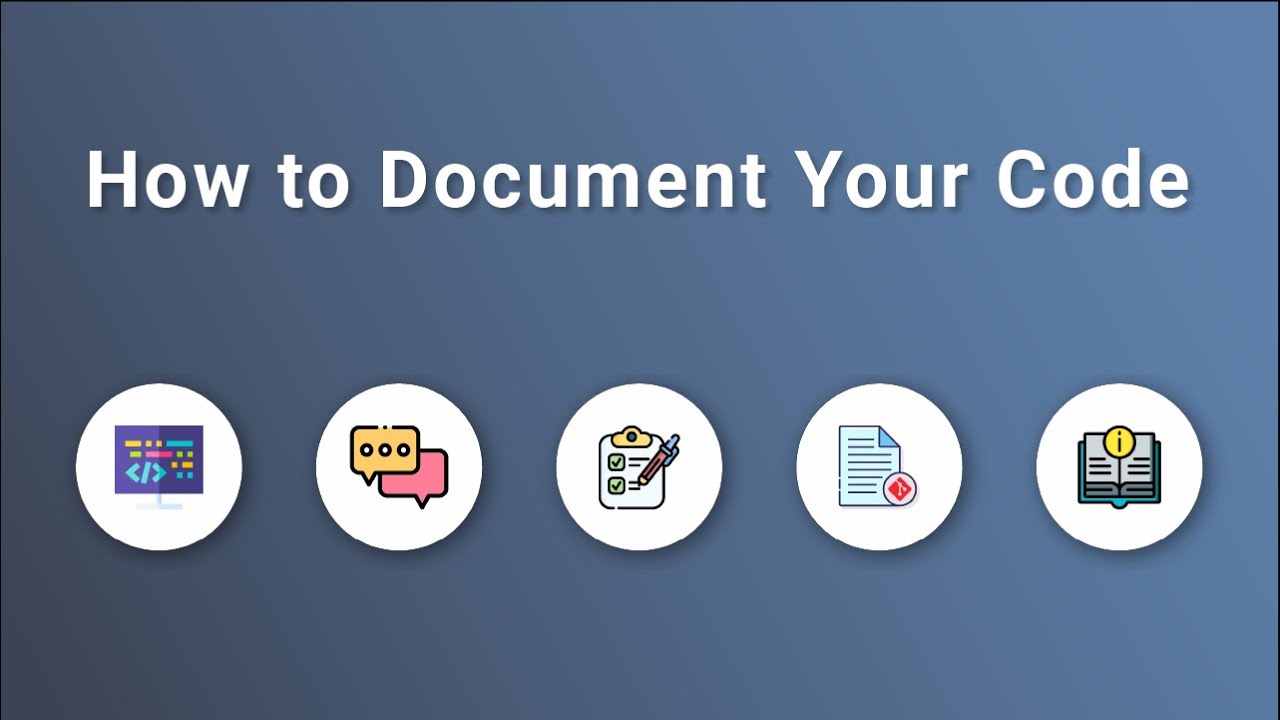The Importance of Code Documentation: A Comprehensive Guide

Code documentation plays a crucial role in software development. It is essential to any successful project, allowing developers to understand, maintain, and collaborate on code effectively. In this blog post, we will delve into the significance of code documentation and explore best practices for creating clear and concise documentation. But, let’s face it, documentation can be tedious and mundane. If you struggle to stay awake while writing up your documentation, remember: if nobody understands your code, you’ll have plenty of time to nap!
The Purpose of Code Documentation
Code documentation serves as a roadmap for developers, enabling them to navigate through the intricacies of a codebase. It provides valuable insights into the design, implementation, and functionality of the software. By documenting code, developers can communicate their intentions and thought processes, making it easier for others to understand and work with their code. Documentation also serves as a reference for future developers, helping them quickly grasp the codebase’s logic and structure. This makes maintaining and updating the codebase easier, leading to fewer errors and improved system performance.
Benefits of Code Documentation
By having good code documentation, developers can quickly understand the codebase logic and structure. This reduces the time needed for debugging and improves the system’s overall performance. Furthermore, it allows for easier maintenance and updates to the codebase as developers can quickly reference what changes have been made and why.
- Improved Code Readability and Understanding – Clear and well-structured documentation enhances code readability, making it easier for developers to comprehend and maintain the codebase. Documentation enables efficient code reuse by providing explanations, examples, and usage instructions. It reduces the chance of bugs or errors during maintenance.
- Easier Collaboration and Onboarding – Code documentation facilitates collaboration among team members. When working on a shared project, developers can quickly grasp the code’s purpose, dependencies, and interfaces, accelerating the development process. Moreover, it aids in onboarding new team members by providing a comprehensive overview of the codebase.
- Enhanced Code Maintainability – As projects evolve and grow, maintaining code becomes increasingly challenging. Documentation helps developers understand the code’s architecture, data structures, and algorithms, enabling them to make changes and improvements more efficiently. It also ensures that future modifications do not unintentionally affect the system’s overall functionality.
Best Practices for Code Documentation
Without documentation, developers would be required to spend more time and effort to understand the code and how it works. This could lead to mistakes that could be avoided if the code was properly documented. Documentation also allows for easier collaboration between developers, making it easier for them to share the same understanding of the code.
- Use Descriptive Comments – Commenting code is an essential practice for enhancing documentation. Use descriptive comments to explain the purpose of functions, classes, and variables. Clearly define inputs and outputs, special cases, and any other relevant information that will aid in understanding the code’s behavior.
- Document APIs and Interfaces – When developing libraries or APIs, thorough documentation of their usage is crucial. Explain the expected inputs, outputs, and any specific requirements or constraints. Provide clear examples and guidelines to ensure correct usage and minimize potential errors.
- Maintain Consistency – Consistency is key to effective code documentation. Adhere to a consistent style guide and naming conventions. This ensures that documentation remains uniform and easily understandable throughout the codebase.
- Update Documentation Regularly – Code evolves over time, and so should its documentation. Make it a habit to update the documentation whenever changes are made to the codebase. This ensures that the documentation remains accurate and up to date, avoiding confusion and potential pitfalls.
Conclusion
Code documentation is an integral part of software development, enabling developers to understand, maintain, and collaborate on code effectively. By following best practices, such as using descriptive comments and updating documentation regularly, developers can create clear and concise documentation that enhances code readability and fosters seamless collaboration. Embracing the importance of code documentation helps build robust software systems and streamline the development process.